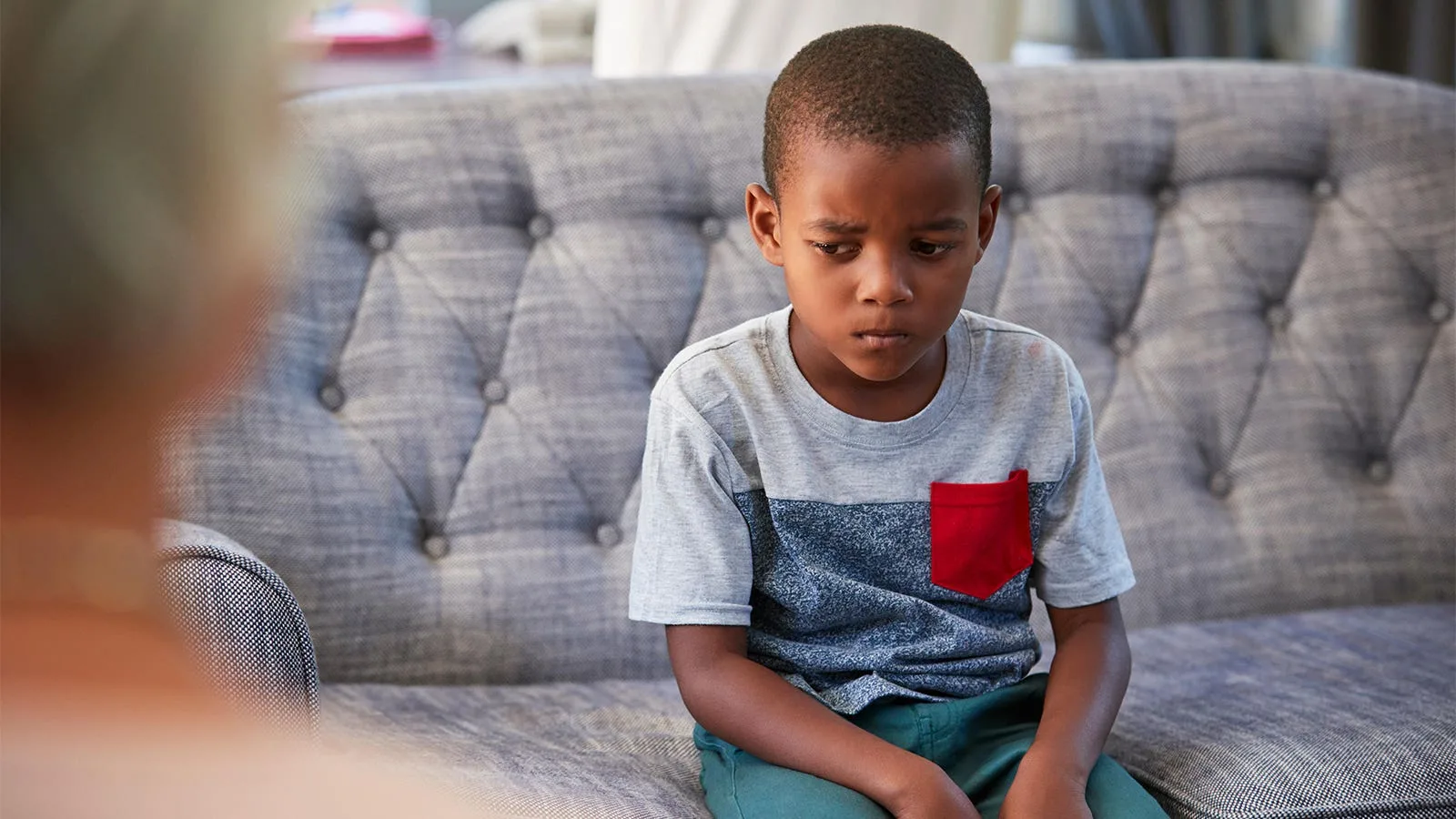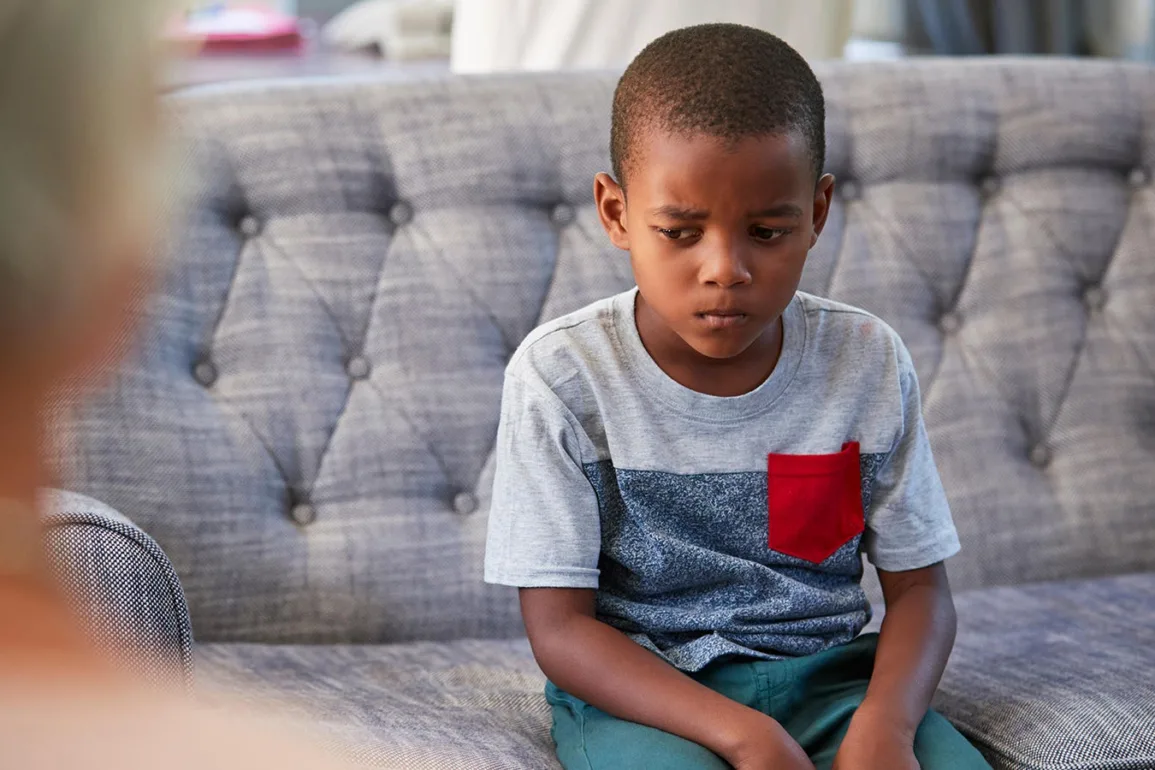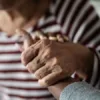
Since child mental health professionals declared the state of youth mental health a national emergency in 2021, emergency department visits have shown some signs of declining but remain a concern along with drug overdoses and suicide rates. Meanwhile, Black youth have been in crisis for 20 years and there are no signs of improvement.
The Biden-Harris administration recently announced that over $200 million will be invested in the youth mental health. But with no mention of race, I’m concerned the research and interventions pursued may once again leave Black kids behind.
A Deprioritized Population
“They kept telling me that my Black skin was ugly and no one would be my friend. I don’t want to live anymore,” one of my patients told me after being hospitalized for a suicide attempt.
Despite the fact that the racism she experienced from her white peers was a significant contributor to her suicidality and overall poor mental health, there was no documentation of this in her medical record. I made sure to add it to my note, hoping it would help her get care tailored to navigating anti-Black racism. Unfortunately, I wasn’t optimistic.
Black children between the ages of 5 and 12 are twice as likely to die by suicide compared to their white peers; Black adolescents lead their age groups with the highest suicide prevalence rate; and Black youth suicide rates are rising faster than any other racial or ethnic group. Solving this crisis is difficult, in part, because it has been under-studied and deprioritized.
This is not surprising: child mental health is still a novel concept — and so is Black mental health.
Youth Mental Health: A Novel Concept?
The old English proverb that children should be “seen and not heard” reflected a widespread belief that children should not voice their opinions, emotions included, to adults. The established field of child and adolescent psychiatry is less than a century old. Historically, it was believed that children could not suffer from mental illness, only medical illness. Children with behavioral problems were seen as immoral, necessitating punishment, rather than support.
It was not until later that behavioral problems in children were linked to struggles with emotional dysregulation, indicative of possible depression, ADHD, anxiety, or even a result of trauma. Even to this day, some people would argue that punishment is the way to go.
When my brother was younger, he had many tantrums in public places. My mother told me stories about how parents would look at her with discontent, rather than concern, as if his behavior was her fault. Others voiced their opinions clearly: “A good beating will stop his yelling,” they would tell her. But my brother has autism spectrum disorder and is virtually non-verbal. Punishment was not what he needed.
The emotional suffering of children is still discounted in some spaces. I see parents who respond with surprise and dismissal when I explain that their divorce was traumatic for their child and might explain their disruptive behavior. Children with mental disorders, like ADHD, are more likely to be disciplined in school, too, and school mental health resources remain underfunded, although desperately needed.
Child psychiatrists, like me, are in demand nationally as well as globally. So, part of the problem is a workforce shortage. But another contributing factor is mental illness stigma and the still-present myth that child mental health disorders don’t exist. To add to that, there is also a shortage of child psychiatrists, and physicians in general, doing research into better understanding child mental illness. It is no wonder we are playing catch-up when solving the adolescent mental health crisis.
When it comes to the Black youth mental health crisis, the mental health field is even further behind.
Pathologizing Black Emotions
Most psychological research does not even mention race, and when it does, the articles are often authored by white people. Suicide predictor algorithms center white populations and are less sensitive to Black populations. Racist behaviors by therapists are an ever-present issue, but one that my standardized training in psychiatry never addressed.
This is not surprising when you consider American history. When African people were enslaved and placed in horrific conditions on ships bound for America, some of them committed suicide, overcome by grief and depression. Some jumped overboard into the sea, and others succumbed in even more graphic ways. Yet, when Isaac Wilson, a physician who worked aboard one of the slave ships, testified before British Parliament that the majority of the enslaved were suffering from depression — or melancholia as it was called at the time — he was met with angry resistance by committee members. They insisted that the enslaved African people could not be depressed, they were simply seasick. The idea that Black people could not emotionally suffer — were less than human — was well-accepted by white society, and was used as a justification for brutal enslavement, including the rape of Black women and the traumatic separation of Black families.
Some psychiatrists disagreed and felt that Black people could suffer from mental illness, coining racist diagnoses like “drapetomania” or runaway slave syndrome, or “negritude,” the disorder of being Black. Black people were viewed in two extremes: either they were devoid of emotional suffering, or their suffering was pathologized. This racist idea extended far beyond slavery. Just consider the 1974 marketing of haloperidol (Haldol), a psychiatric medication used to treat psychosis, as a way to quell the aggressive behavior of Black people fighting for their civil rights.
Even today, Black people are still more likely be misdiagnosed as psychotic, rather than depressed. Black children are more likely to be diagnosed with disruptive mood disorders, like oppositional defiant disorder, a diagnoses rife with stigma. On the other hand, white children with similar behaviors are more likely to be diagnosed with ADHD, one of the most highly-researched mental health diagnoses that is thus often tied to more resources and support. Psychiatrists are not formally trained in how to help patients navigate racism at all. So, when children, like my patient, have racism as a significant stressor, it is often minimized, silenced, and ignored, leading to less effective mental healthcare that does not target the root of the problem.
Beyond mental healthcare, the lack of attention to the mental suffering of Black children is still evident. Black preschool children are over three times more likely to be suspended from school than white children and are the most likely to be physically restrained in emergency departments. Black girls are more likely to be seen as older and more sexually mature than white girls at the same age. There is still an inclination to punish, rather than to protect Black children. There is still the underlying narrative that Black children are deviant, rather than struggling emotionally.
So, Black children are in a tough spot: at the intersection of child and Black mental health. Their emotional suffering, for centuries, has been erased and minimized. In many ways, it still is. So, of course the Black youth mental health crisis isn’t getting better. How can the mental health of Black children recover in a society that barely acknowledges it?



